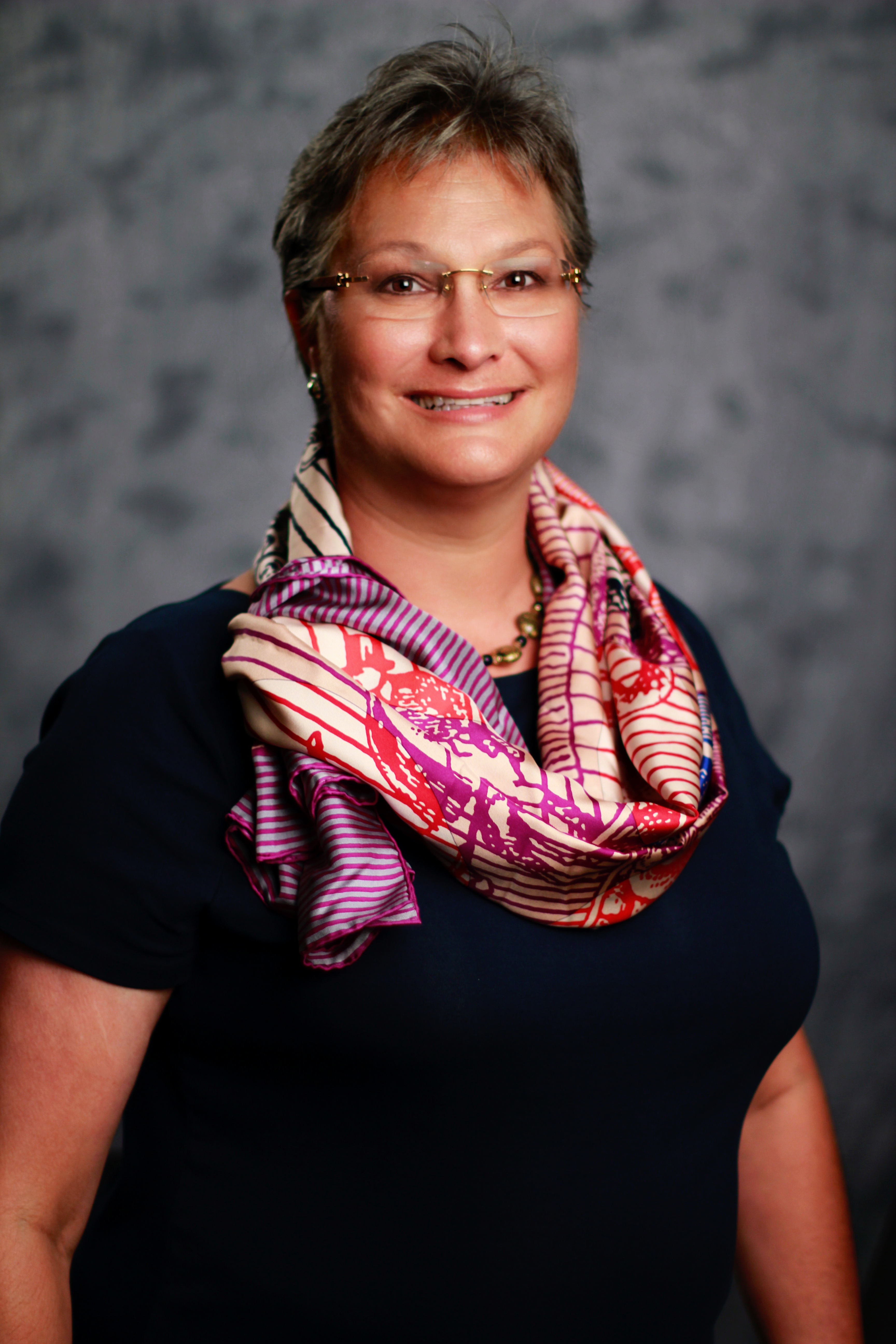Looking Beneath the Skin to Prevent Nursing Home Pressure Ulcers
In 2020, the Centers for Disease Control and Prevention (CDC) reported 1.3 million people were living in nursing homes, and that number is expected to double by 2050. The CDC also reports that one in 10 nursing home residents will develop pressure injuries, or bedsores, a medical condition where skin and tissue breaks down because of prolonged pressure from sitting or lying long periods of time, introducing the risk of serious infection and even death.

Duke University School of Nursing (DUSON) Professor Tracey Yap, Ph.D., RN, WCC, CNE, FGSA, FAAN, specializes in geriatric nursing and is a senior fellow in the Duke University Center for the Study of Aging and Human Development. For years she has focused her research on intervention studies aimed at using technology in the nursing home to help nursing staff with repositioning residents who are sedentary and at risk for developing pressure injuries. Yap’s most recent work involves implementing a study that is using an SEM scanner, a device that checks for sub-epidermal moisture, which makes tissue vulnerable.
“Every time the nursing staff do skin checks, when they bathe someone, or change them, they can use this little scanner and it will tell you beforehand if damage is beginning before you can even see it,” Yap said, noting that this is particularly significant for those with darker skin tones. “Darker skin toned people end up with not only more pressure injuries than their white [tone] counterparts, but they’re more severe injuries. And that’s because we rely on visualizations of whether something is starting to get damaged.”
The scanner is used on a person’s heels and tailbone, and identifies inflammation and edema, which then cues the nursing staff to begin preventative measures to avoid pressure injuries, such as repositioning. Technology like the SEM scanner is proactive and preventative; by the time reddened skin is visibly detectable, significant damage has already occurred. The five-year National Institute of Nursing Research (NINR) study, for which Yap is co-principal investigator, is happening in nursing homes across the country and is in its second year. “Some people never heal, and you cannot control the pain. They can get infections and die,” Yap said. “It’s a very sad thing.”
Driven by the lack of research in the area, Yap has dedicated her career to finding ways to help nurses improve care through evidence-based practices. One recent study Yap implemented used the LEAF Patient Monitoring System, which keeps track of repositioning schedules and cues nursing staff when a resident needs to be moved. An accelerometer, a device the size of a quarter, is attached to the resident’s chest and digitally connects to hallway computer monitors used by nursing staff to indicate which residents are next in rotation for repositioning.
Yap’s study, the results of which were published in 2022, also found there was no significant difference in pressure injury status when the resident was repositioned using two-, three- or four-hour intervals. The findings are important because the current two-hour protocol, which started with Florence Nightingale, disrupts sleep, which can affect mental health and cognitive behavior, Yap said. It can also be painful for people with injuries and reduce quality of life. Nursing staff become more susceptible to back injuries, especially when repositioning heavier residents. “It’s bad news all the way around,” Yap said. “If you’re able to say, I’m going to come in every four hours, that’s a game changer for patients/staff/and the overall system.”
Yap’s work around supporting nurses who do patient repositioning has motivated her to understand and improve upon best practices and evidence-based research. Pressure injuries are a highly litigious area of health care, second only to wrongful death, and lawsuits often hinge on the two-hour protocol, which merits examination, Yap said. Improving the current standard of care for pressure injuries can only happen with more investigation. “It’s been a pretty great journey,” Yap said of her research career. “It’s not sexy, but it’s work that needs to be done. Somebody’s got to do it.”